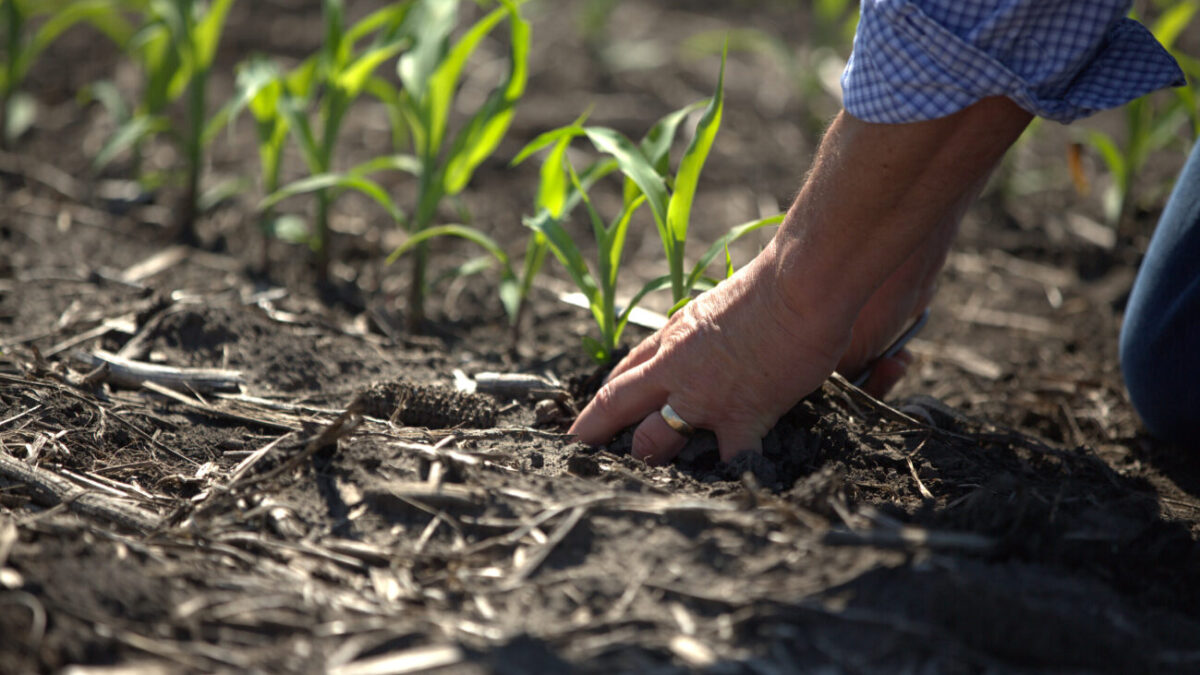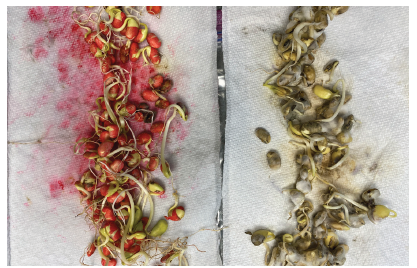Healthy Soil Makes a World of Difference


Today, we celebrate Earth Day and all our amazing planet provides. For those who feed and clothe the world (farmers, we’re looking at you), every day is Earth Day.
That’s why we want to take a moment to talk about dirt! It might not seem glamorous, but the soil is a living, breathing ecosystem teeming with tiny organisms that break down nutrients, hold water, and create the perfect environment for seeds to sprout.
We know good soil (and the highest quality seed!) leads to good crops. We’re committed to practices that protect and improve soil health.
Here are a few ways we focus on soil:
- Replicated Testing: We test our seeds in various soil conditions, mimicking what our growers face. This helps us select the best varieties for our tri-state region’s unique soils.
- Agronomic Research: We don’t just sell seed, we share knowledge. We research planting practices that minimize soil compaction and promote healthy root growth.
- Working with Farmers: We partner with farmers to understand their specific soil challenges and recommend practices that improve fertility and water retention.
Healthy soil isn’t just good for crops, it’s good for the planet. Healthy soil means:
- Stronger, more resilient plants: Rich in nutrients and beneficial microbes, healthy soil fosters robust plant growth, better equipped to fight off pests and diseases.
- Improved water retention: Healthy soil acts like a sponge, absorbing and storing water for plants during dry periods. This reduces reliance on irrigation and promotes water conservation.
- Reduced erosion: The network of roots and organic matter in healthy soil helps hold it together, preventing erosion from wind and rain.
What’s in your Soil?
Soil analysis is another piece of the puzzle to unlock higher yields and higher-quality crops. Here are a few reasons to test your soil:
- Soil sampling and analysis gives you chemical and physical information about your soil which can be used to optimize plant growth or assist in solving soil-related problems.
- Soil test results will guide you in deciding whether to fertilize, resulting in environmental and economic benefits.
- Soil test results can indicate problem areas: excess salts, high or low pH, problematic soil texture, adverse nutrient levels, etc. These results can be useful in management or remediation decisions.
- Soil test results taken over time also allow you to follow long-term changes in soil properties. This is useful to track remediation efforts or determine if unfavorable trends are occurring.
What’s Next?
If you want to test your soil, there are a few different resources and labs to go to for more information.
It’s a good idea to consider soil testing every 3-5 years or more often if you are trying to make larger nutrient or pH changes in the soil. Sample fields around the same time each year to achieve more accurate trends in soil fertility. We prefer to sample in the fall. It’s also a good time to test for soybean cyst nematode.
We are also here to help, and please feel free to reach out to your local Peterson Farms Seed Territory Manager, or our agronomy team for further support! By understanding and nurturing the difference between dirt and soil, we can all contribute to a healthier planet for generations to come.












